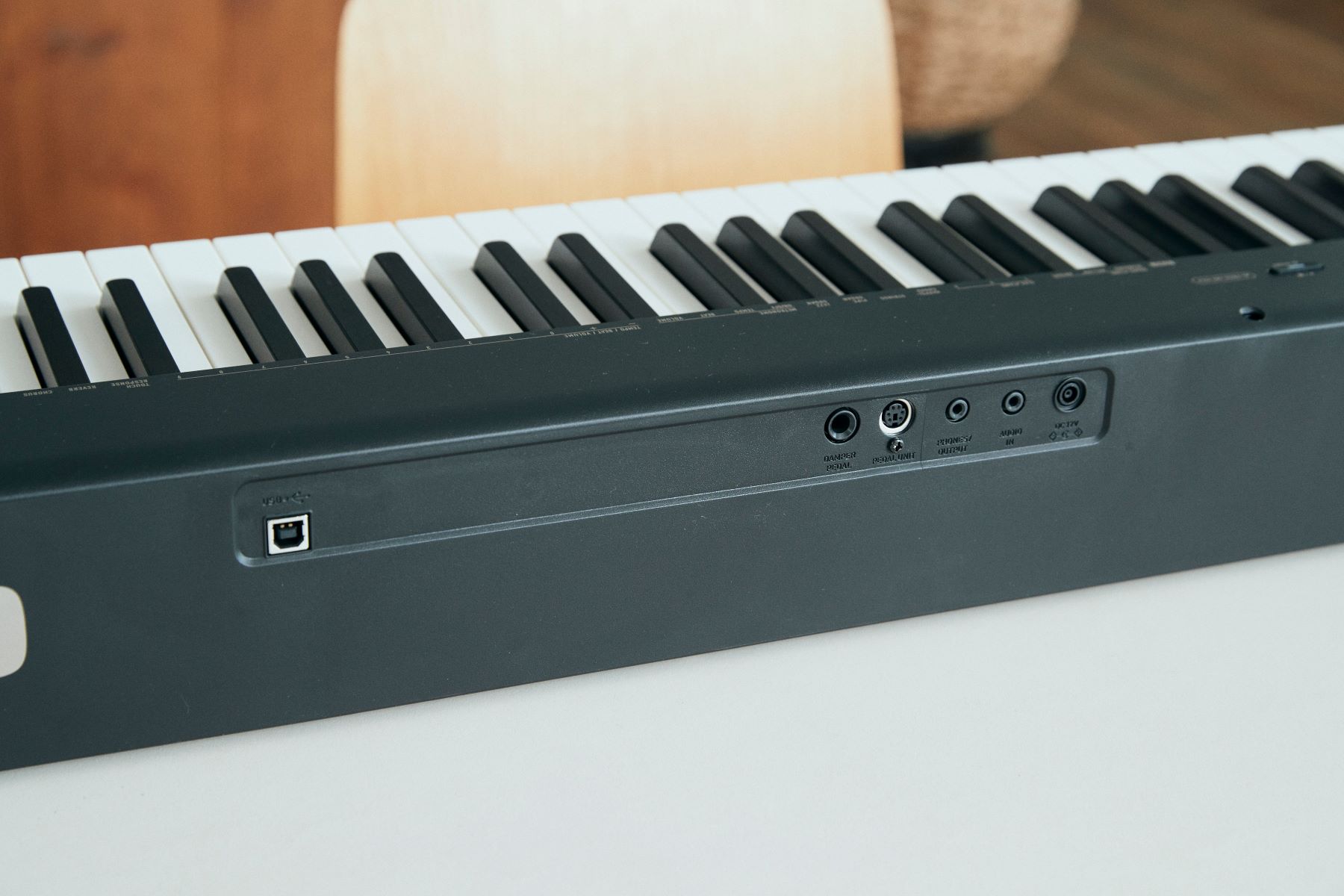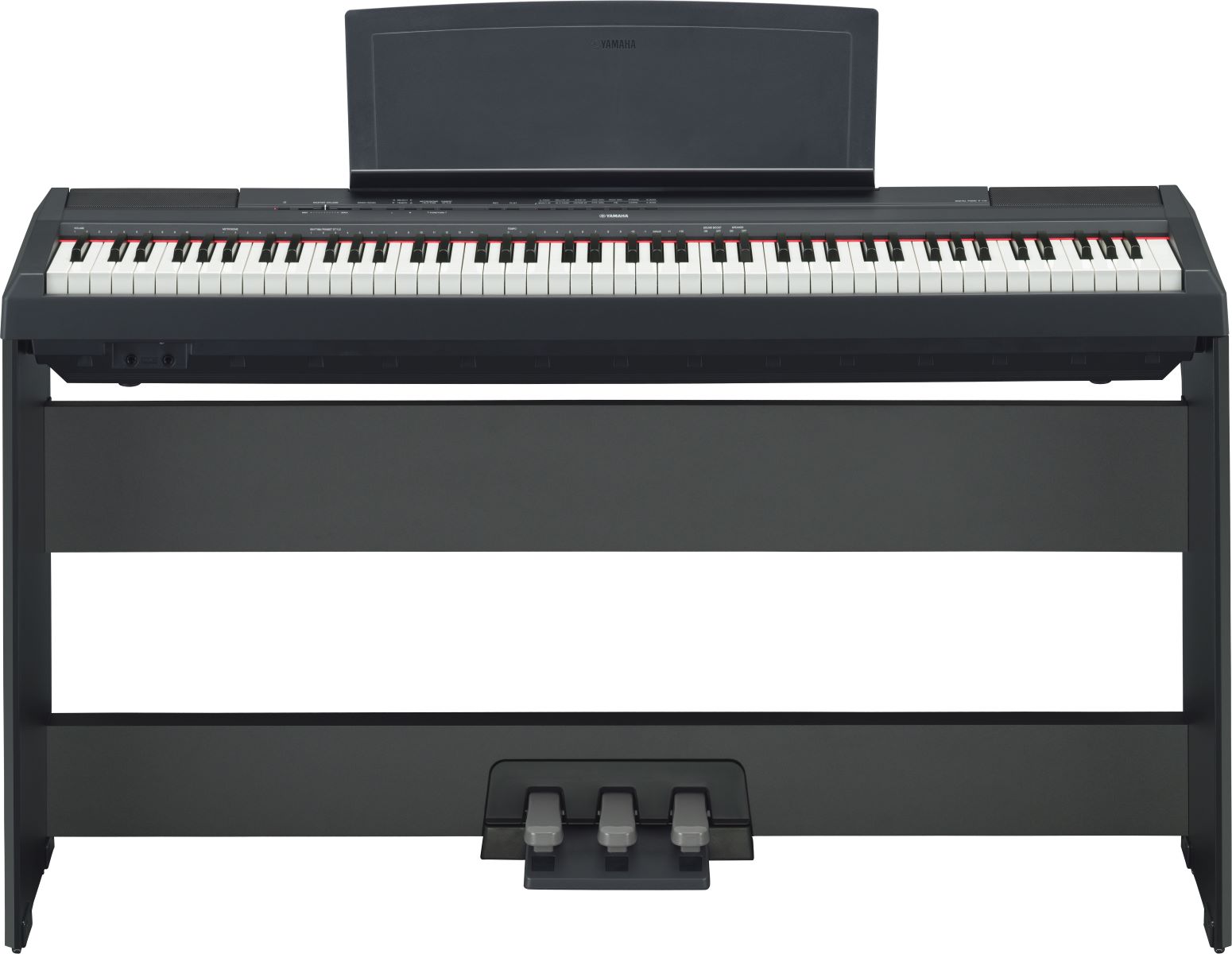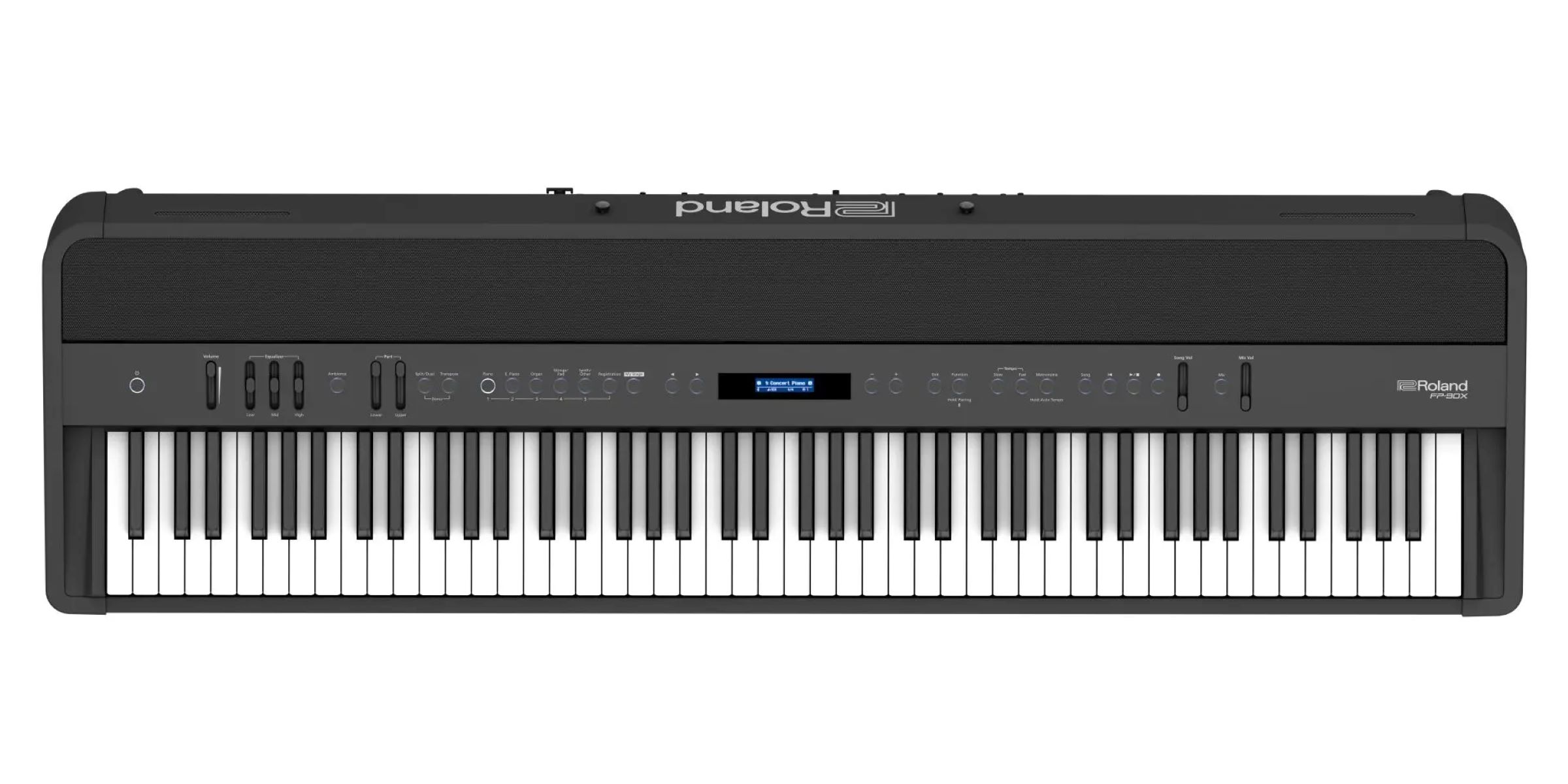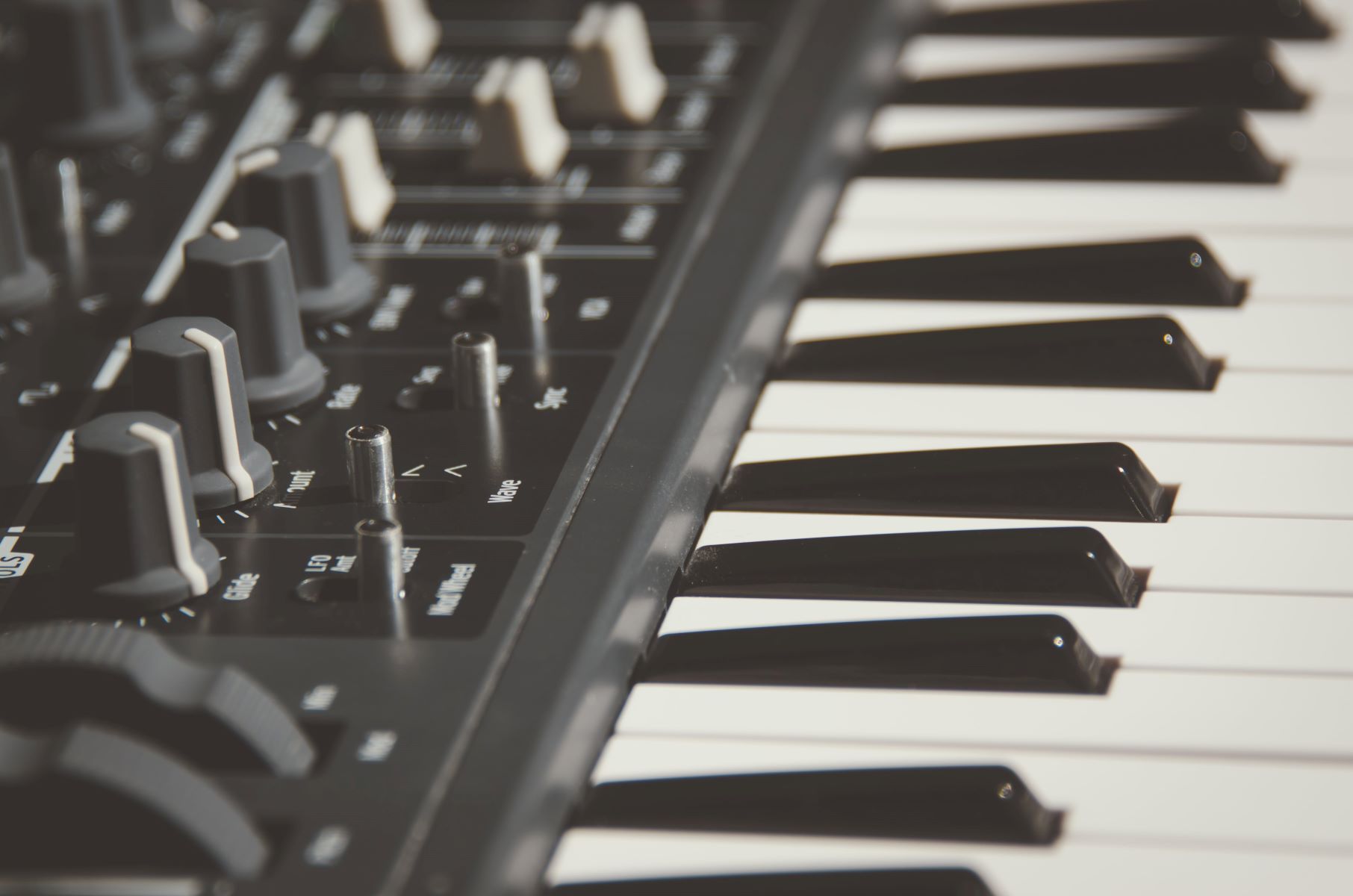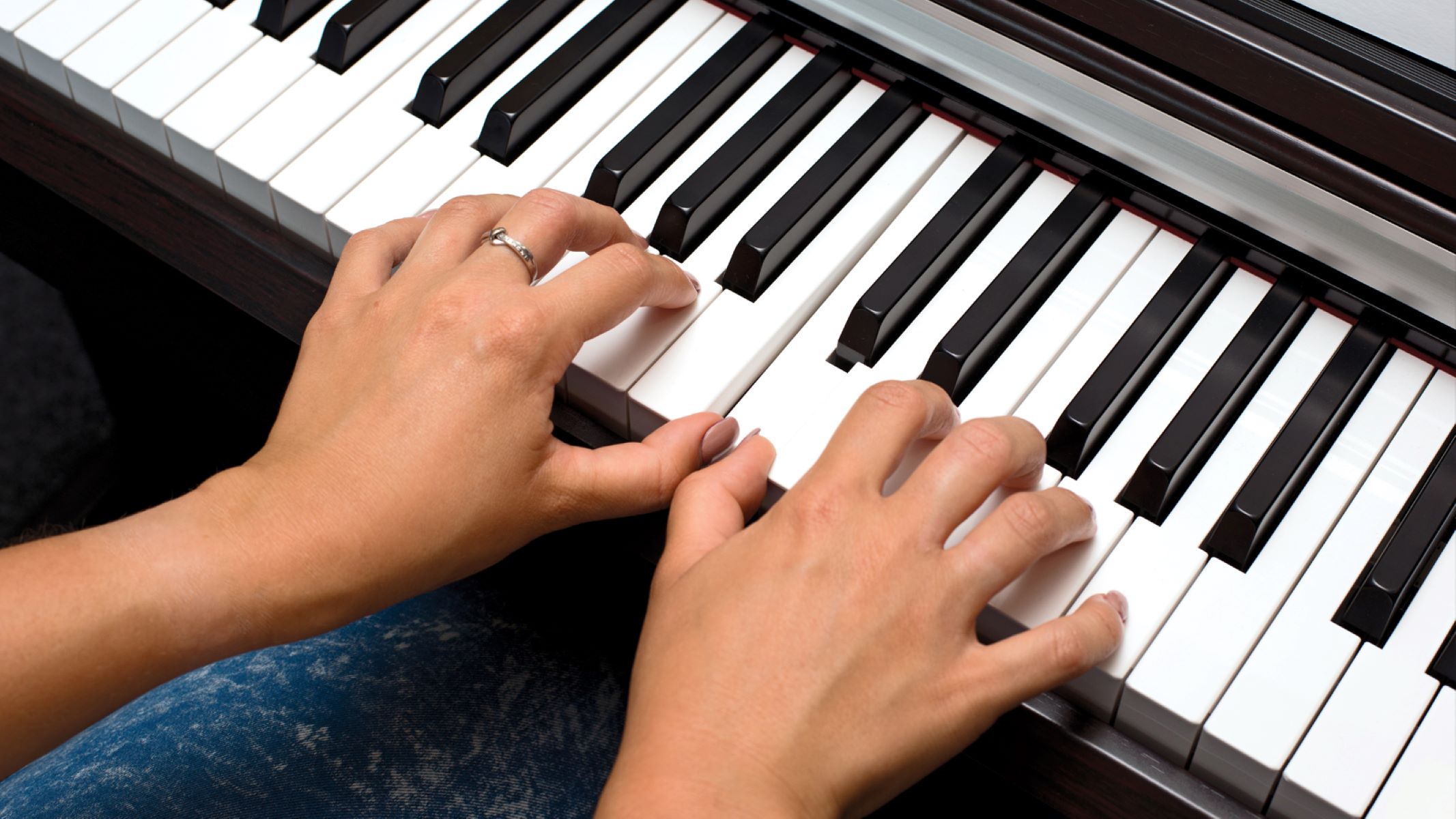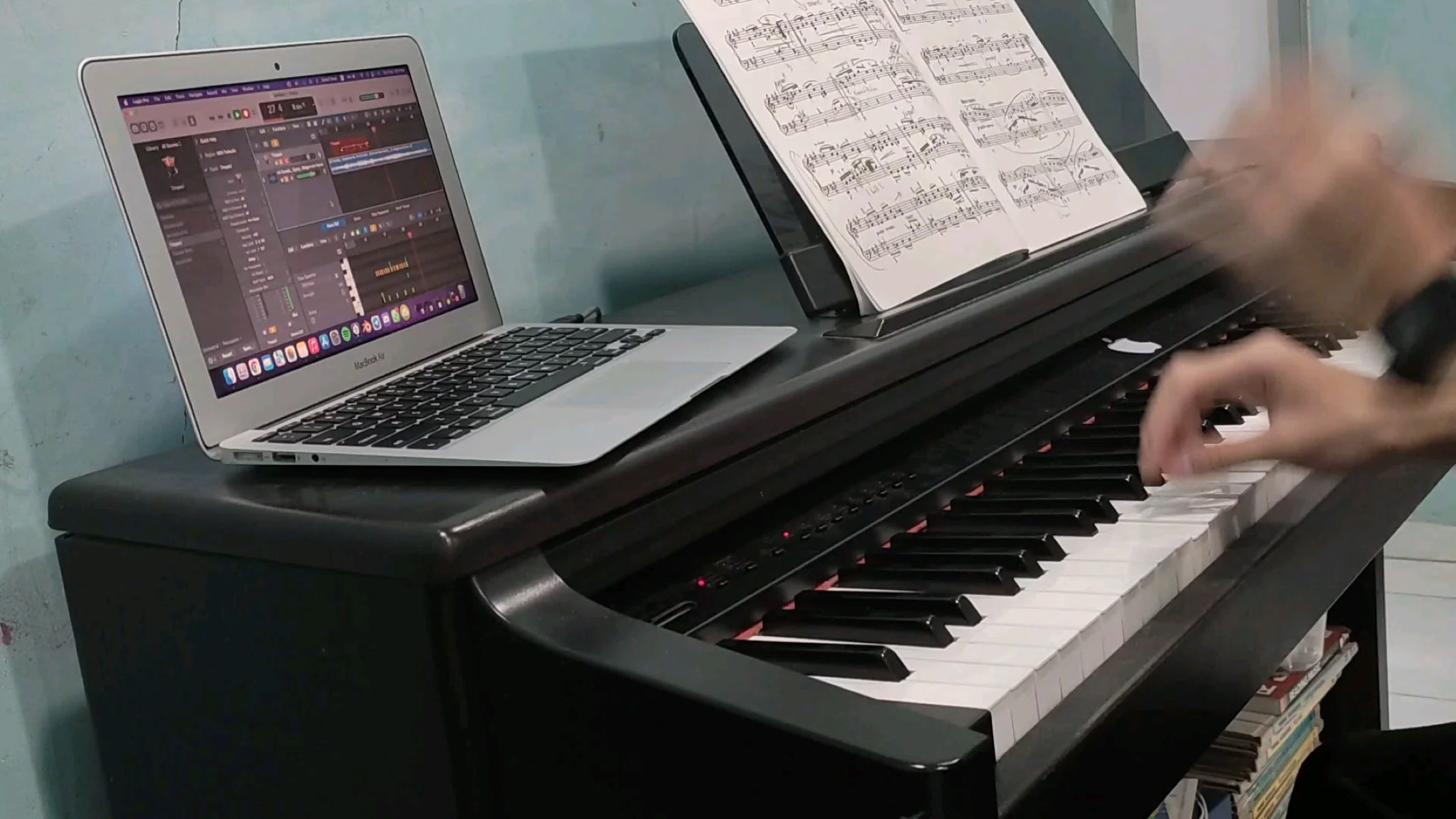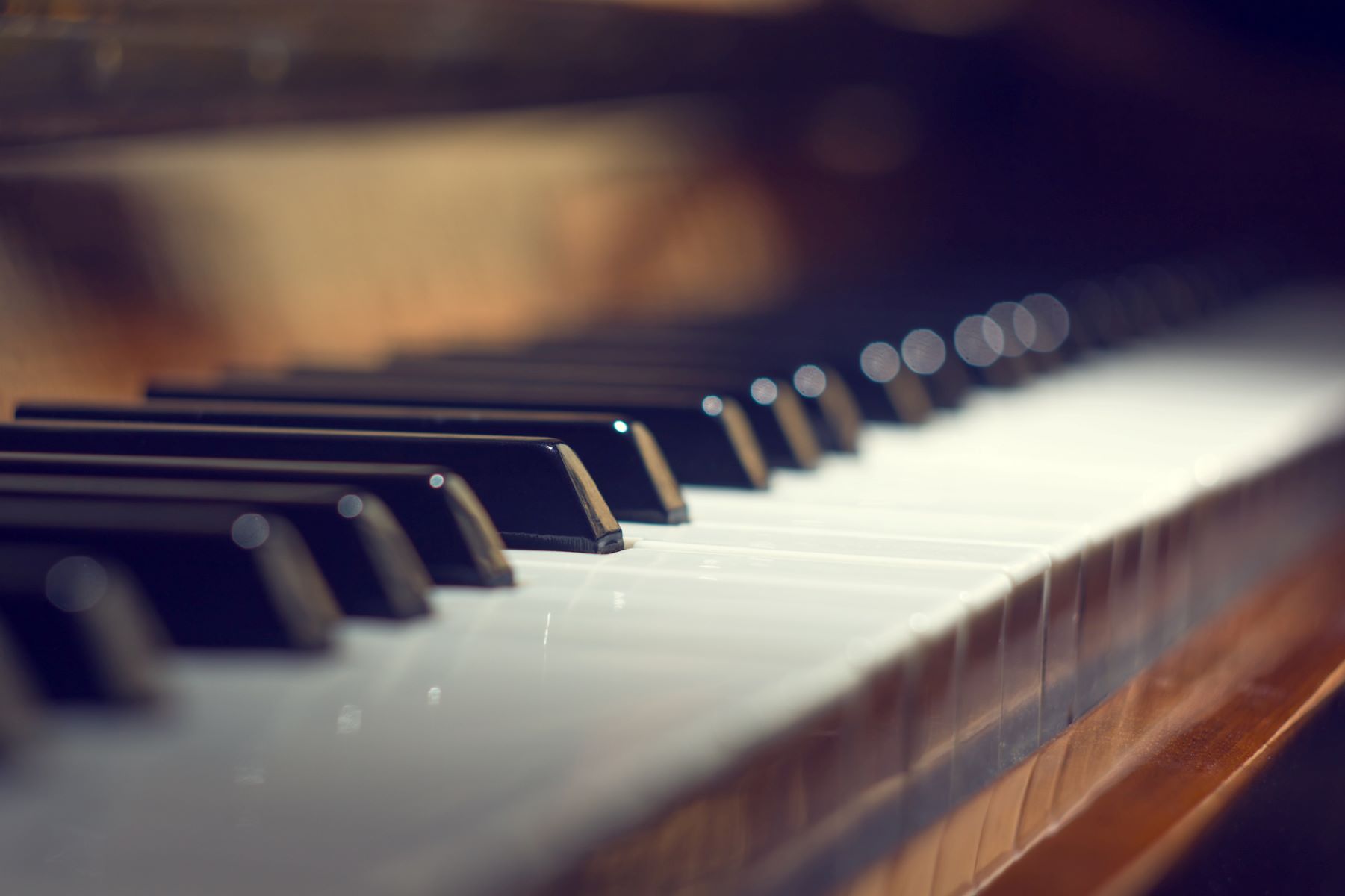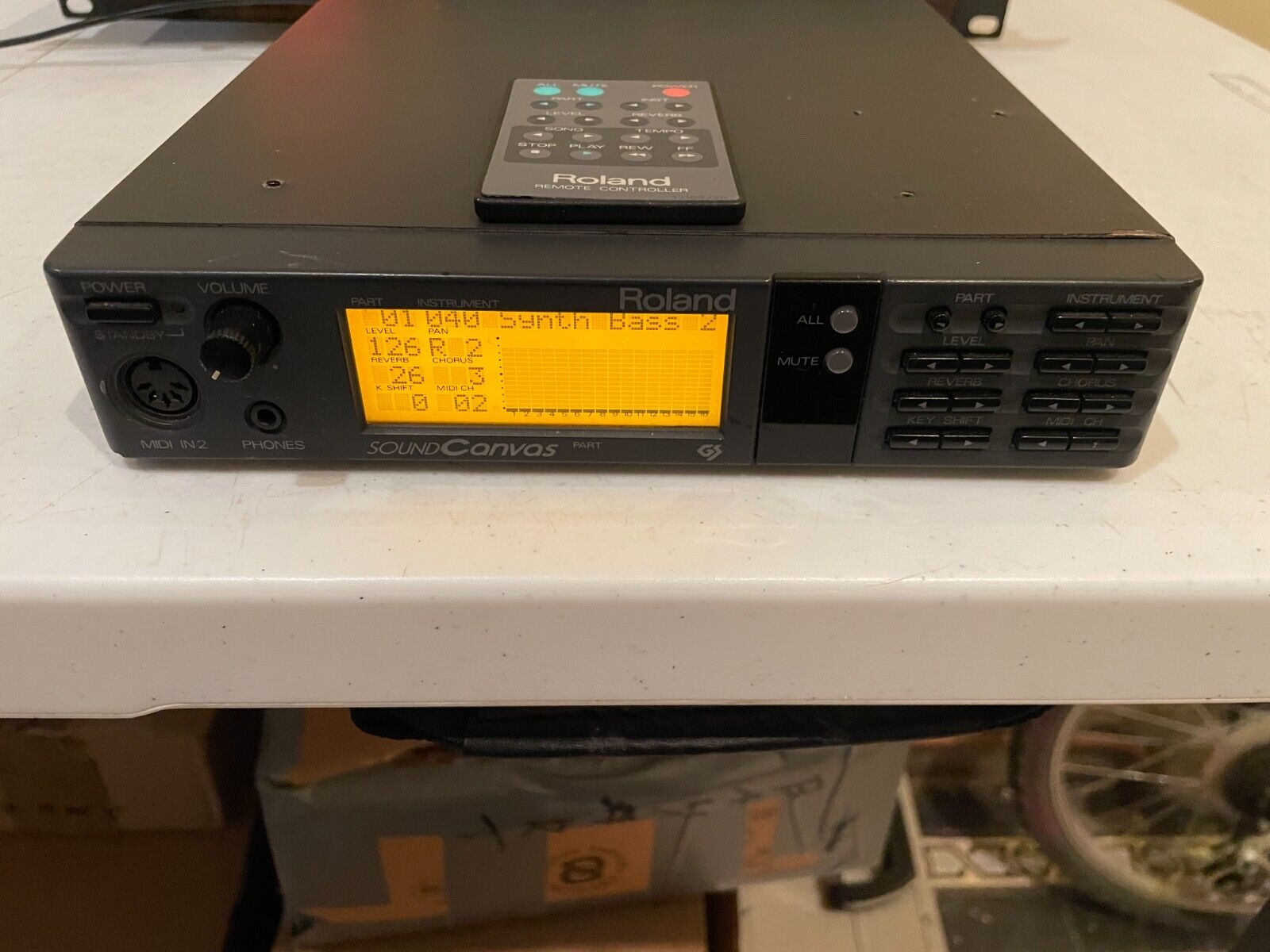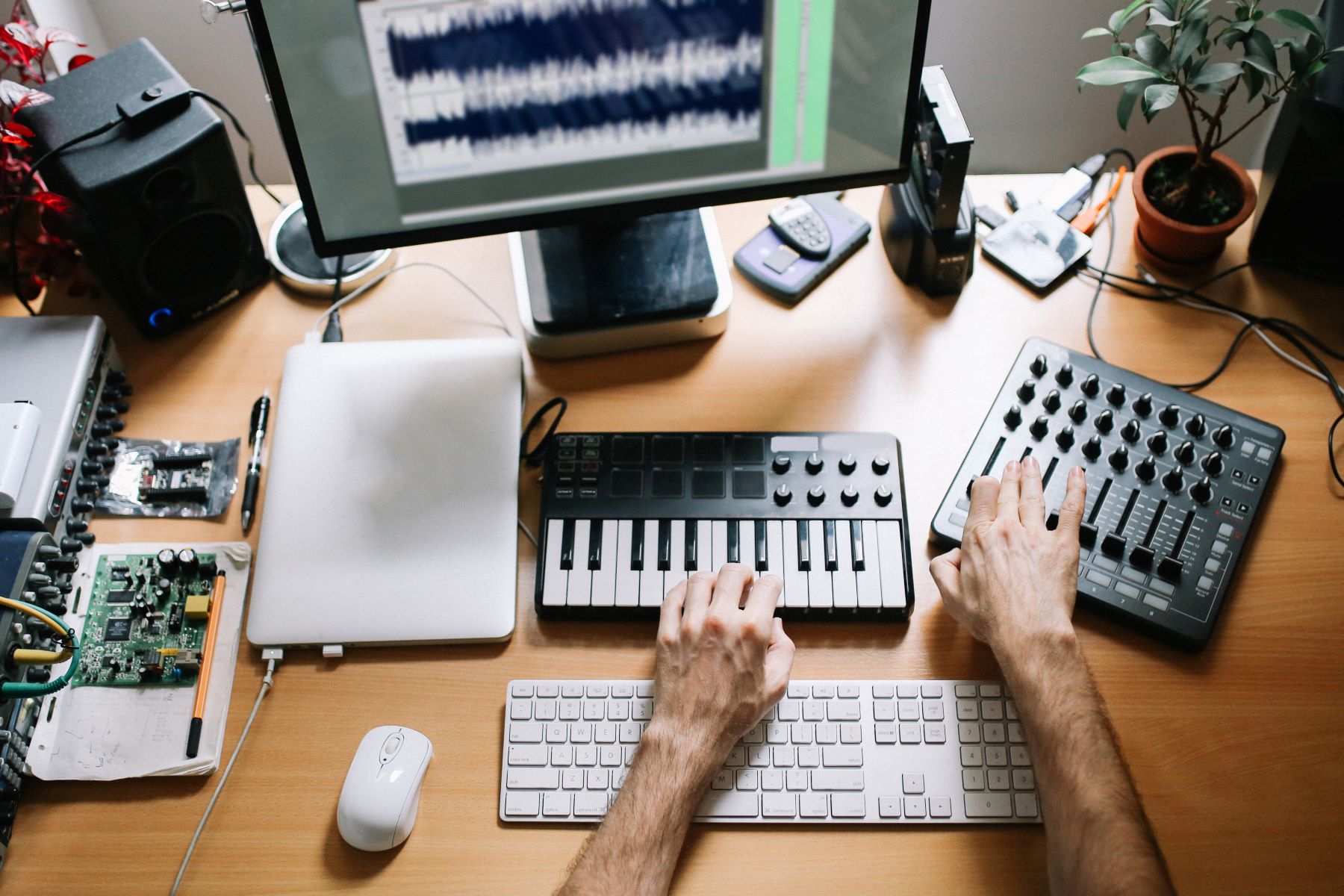Introduction
When it comes to creating music, digital pianos have become a popular choice for both beginners and professionals. These versatile instruments offer a wide range of sounds, advanced features, and connectivity options, making them a valuable tool for musicians and music enthusiasts alike. One essential aspect of a digital piano is its output ports, which allow users to connect to external devices such as amplifiers, mixers, and recording equipment.
Understanding the output ports on a digital piano is crucial for harnessing its full potential and integrating it into a personalized music setup. Whether you are a performer looking to connect to a sound system or a producer seeking to capture high-quality recordings, knowing how to find and utilize these output ports is essential.
In this comprehensive guide, we will delve into the world of digital piano output ports, exploring the different types available, their functionalities, and where to locate them on your instrument. By the end of this article, you will have a clear understanding of how to make the most of your digital piano's output capabilities, enabling you to unleash your creativity and share your music with the world. Let's embark on this enlightening journey to unravel the mysteries of digital piano output ports and empower your musical endeavors.
Understanding Output Ports
Output ports on a digital piano serve as the gateways through which audio signals are transmitted to external devices. These ports play a pivotal role in shaping the sound output and facilitating seamless connectivity, making them indispensable components of a digital piano's functionality.
At their core, output ports are designed to transfer audio signals from the internal sound engine of the digital piano to external audio equipment, such as amplifiers, mixers, audio interfaces, and recording devices. This process allows users to amplify the sound, apply effects, or capture high-fidelity recordings, depending on their specific requirements.
Understanding the capabilities of different output ports is essential for tailoring the sound to suit various performance or recording scenarios. It enables musicians to harness the full sonic potential of their digital pianos and achieve the desired audio quality in different settings, whether on stage, in the studio, or during practice sessions.
Furthermore, comprehending the nuances of output ports empowers users to explore creative avenues by integrating their digital pianos into larger audio setups, such as multi-instrument arrangements, live performances with backing tracks, or collaborative recording projects. This versatility opens up a myriad of possibilities for musical expression and collaborative endeavors.
As we delve deeper into the realm of digital piano output ports, we will unravel the distinct types of ports available, their unique functionalities, and the practical implications of each variant. By gaining a comprehensive understanding of these output ports, you will be well-equipped to leverage the full potential of your digital piano and embark on a sonic journey filled with boundless opportunities.
Types of Output Ports
Digital pianos feature a diverse array of output ports, each catering to specific audio connectivity needs and serving distinct purposes in the realm of music production and performance. Understanding the various types of output ports empowers musicians to harness the full potential of their instruments and seamlessly integrate them into their audio setups.
1. Line Out: The line out port, also known as the main output, is a standard feature on digital pianos. It serves as the primary channel for sending the instrument’s audio signals to external audio devices, such as amplifiers, mixers, and audio interfaces. The line out port facilitates the transmission of the piano’s sound in its purest form, allowing for further processing and amplification as per the user’s requirements.
2. Headphone Jack: While primarily intended for private practice and monitoring, the headphone jack on a digital piano also functions as an output port. It enables users to connect headphones for silent practice or to route the audio signal to an external recording device or mixer. This versatility makes the headphone jack a valuable output option for both individual practice sessions and recording purposes.
3. MIDI Out: Digital pianos often feature MIDI (Musical Instrument Digital Interface) output ports, which transmit digital performance data to external MIDI-compatible devices, such as synthesizers, computers, and sound modules. The MIDI out port allows for the seamless integration of the piano with external MIDI equipment, enabling users to control and synchronize multiple instruments within a music production environment.
4. USB Audio Output: Some modern digital pianos are equipped with USB audio output ports, which streamline the process of connecting the instrument to computers and recording devices. The USB audio output provides a direct digital audio signal for recording or playback, eliminating the need for additional audio interfaces and simplifying the integration of the piano into digital audio workstations (DAWs) and recording setups.
By familiarizing yourself with these diverse output ports, you can tailor your digital piano’s connectivity to suit your specific musical endeavors, whether it involves live performances, studio recording sessions, or collaborative music production projects. Each type of output port offers unique advantages and functionalities, expanding the possibilities for sonic exploration and creative expression.
Locating Output Ports on a Digital Piano
Locating the output ports on a digital piano is essential for seamlessly integrating the instrument into your audio setup and leveraging its connectivity options to their full potential. Whether you are preparing for a live performance, a recording session, or simply exploring different sound amplification options, knowing where to find these ports is key to unlocking the versatility of your digital piano.
1. Rear Panel: Many digital pianos feature a cluster of output ports on the rear panel of the instrument. These ports are strategically positioned to provide convenient access while ensuring a tidy and organized appearance when the piano is set up for use. Common output ports found on the rear panel include the line out, MIDI out, and USB audio output, each serving distinct purposes in audio connectivity.
2. Front Panel or Control Panel: In addition to rear-mounted output ports, digital pianos may also incorporate output options on the front panel or control panel. The headphone jack, for instance, is often located on the front of the instrument, allowing for quick and easy access when connecting headphones for private practice or routing audio to external devices for monitoring or recording purposes.
3. Integrated Connectivity Hub: Some advanced digital pianos feature an integrated connectivity hub that consolidates various output ports in a centralized location, streamlining the process of connecting the instrument to external audio equipment. This hub may include traditional output ports as well as modern connectivity options such as Bluetooth or wireless audio transmission, offering enhanced flexibility in audio routing and connectivity.
When locating output ports on your digital piano, it is important to refer to the instrument’s user manual or documentation to identify the specific types of ports available and their corresponding locations. Familiarizing yourself with the layout of these ports ensures efficient setup and connectivity, allowing you to seamlessly integrate your digital piano into your musical workflow without unnecessary guesswork or confusion.
By understanding the placement of output ports on your digital piano, you can optimize the instrument’s connectivity for various applications, whether you are connecting to professional audio equipment, recording devices, or personal monitoring systems. This knowledge empowers you to harness the full potential of your digital piano and embark on a sonic journey filled with endless possibilities.
Conclusion
As we conclude our exploration of digital piano output ports, we have gained valuable insights into the pivotal role these connectivity options play in shaping the audio output and facilitating seamless integration with external audio equipment. Understanding the diverse types of output ports, including line out, headphone jacks, MIDI out, and USB audio output, empowers musicians to tailor their digital piano’s connectivity to suit a wide range of musical endeavors, from live performances to studio recording sessions.
By familiarizing ourselves with the locations of these output ports on digital pianos, whether on the rear panel, front panel, or integrated connectivity hub, we ensure efficient setup and connectivity, enabling us to seamlessly integrate our instruments into our musical workflows without unnecessary guesswork or confusion.
Armed with this knowledge, musicians and music enthusiasts alike can confidently harness the full potential of their digital pianos, embarking on sonic journeys filled with endless possibilities for creative expression, collaborative endeavors, and captivating performances. The versatility and connectivity options offered by digital piano output ports serve as catalysts for musical exploration, enabling users to amplify their sound, capture pristine recordings, and integrate seamlessly with other audio equipment.
As we embrace the boundless opportunities presented by digital piano output ports, we open doors to innovative sonic landscapes and transformative musical experiences. Whether in the studio, on stage, or within the confines of a personal creative space, the strategic utilization of output ports elevates the digital piano from a standalone instrument to a versatile and indispensable tool for musical expression and production.
With a clear understanding of output ports and their functionalities, musicians can confidently navigate the realm of audio connectivity, unleashing the full sonic potential of their digital pianos and sharing their musical visions with the world. This knowledge empowers us to amplify our creativity, expand our sonic horizons, and embark on musical journeys that resonate with depth, clarity, and boundless expression.







